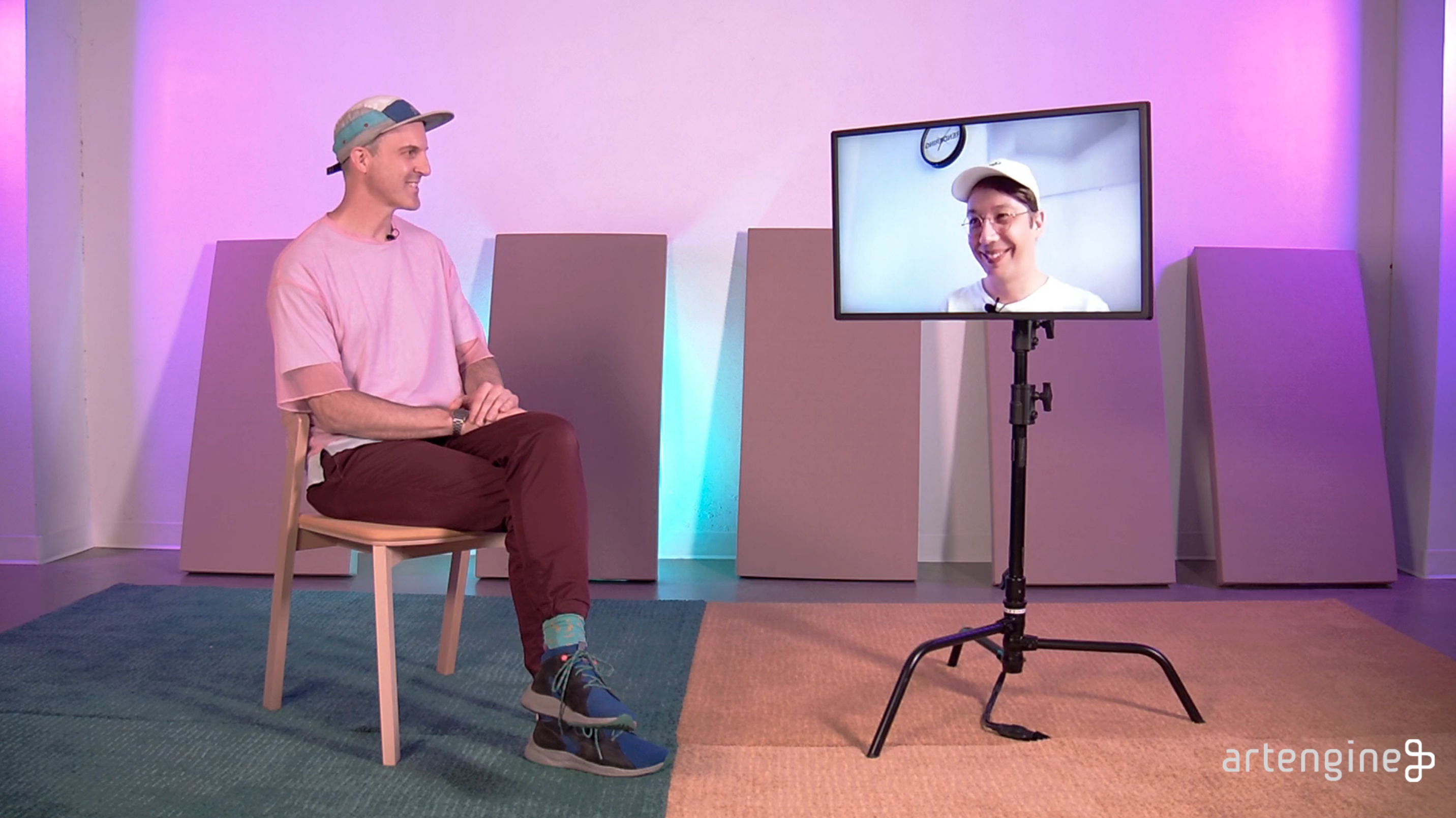Yeah. I think that’s the portapak moment, right? Like you pick up the camera in 1969.
You’re Nam June Paik.
You go to the Macy’s department store.
You pick up a video camera, you get in a cab, you get stuck in traffic cause the Pope’s there…
You record the Pope going by and you show it in a gallery in Soho later that night.
You call it Video Art.
But if he didn’t go to Macy’s and pick it up, or try, or record the Pope; if you didn’t have that experience, you didn’t really participate in a cultural movement.
I think the fear I have is that by having an allergy to anything new, we reject the possibility of progress. And, you know, to a certain extent, we say… I was talking to someone who works in the quote unquote “Arts”, you know, like opera, ballet, and they’re a thinker in that space and they were saying,
“That whole realm of making now considers itself an elite group of people who exist solely to protect something that would otherwise not exist.”
So, they exist at a point in time, 300 years ago, and their job is as stewards of this rare vase or artifact. Right. They’re almost like a time capsule, but they also have the position that the audience can’t possibly understand the value of that artifact. So, their audience numbers have been falling over time and they actually consider themselves in direct conflict with their audience, which I find really interesting as an internet artist where you almost have the opposite problem. Where it’s like, “I want more audience, more, more, more!” Right? Like “I need more ‘likes.’” If you had that attitude on the internet… how you would value the work differently, but maybe there’s something in the middle: between “we reject the concept of an audience” and “we are just a vessel of history.”
Read more on this from David Maggs at The Philanthropist. Maggs is reflecting on this relationship between culture and audience, particular in the post-pandemic world.


